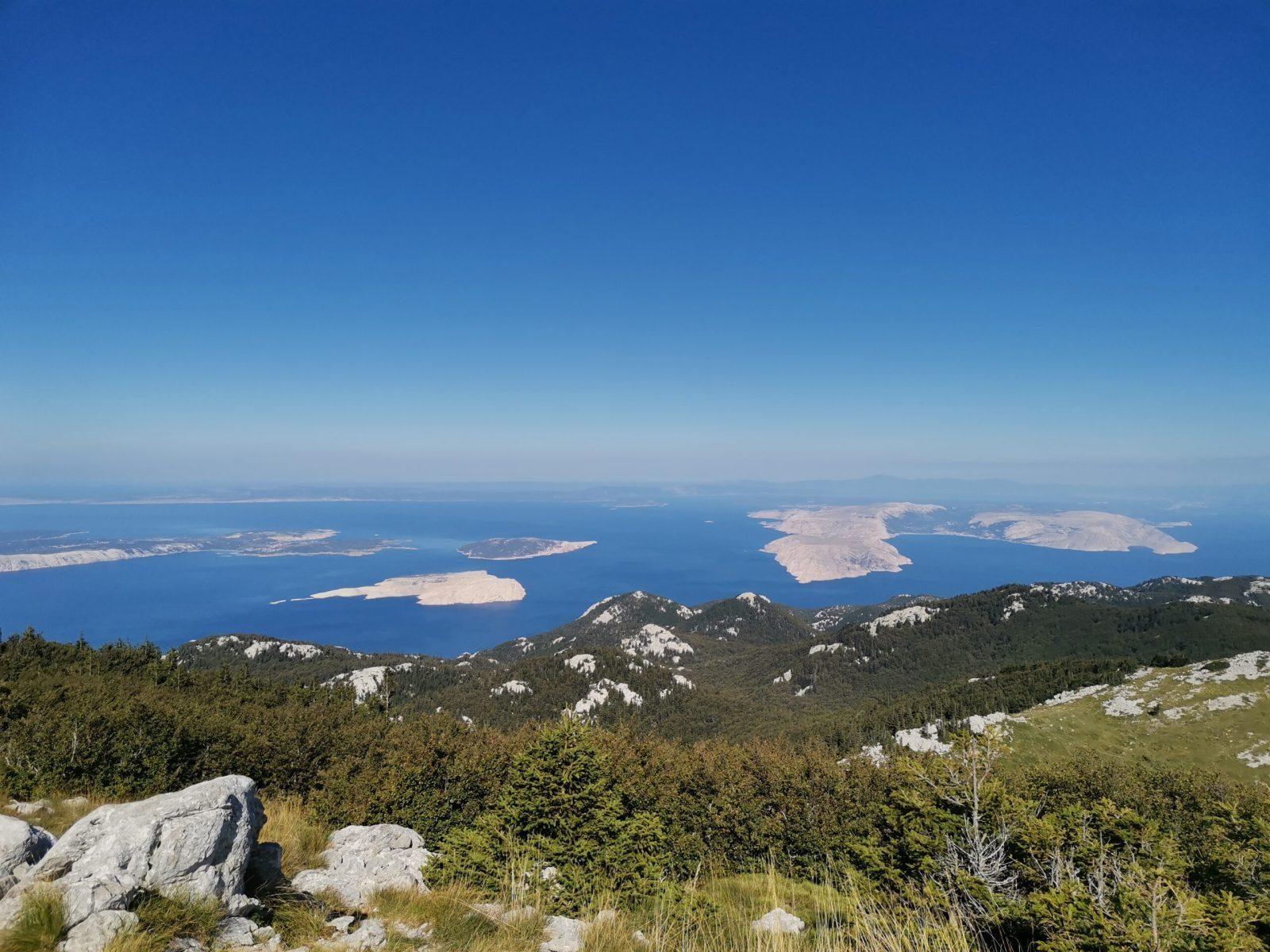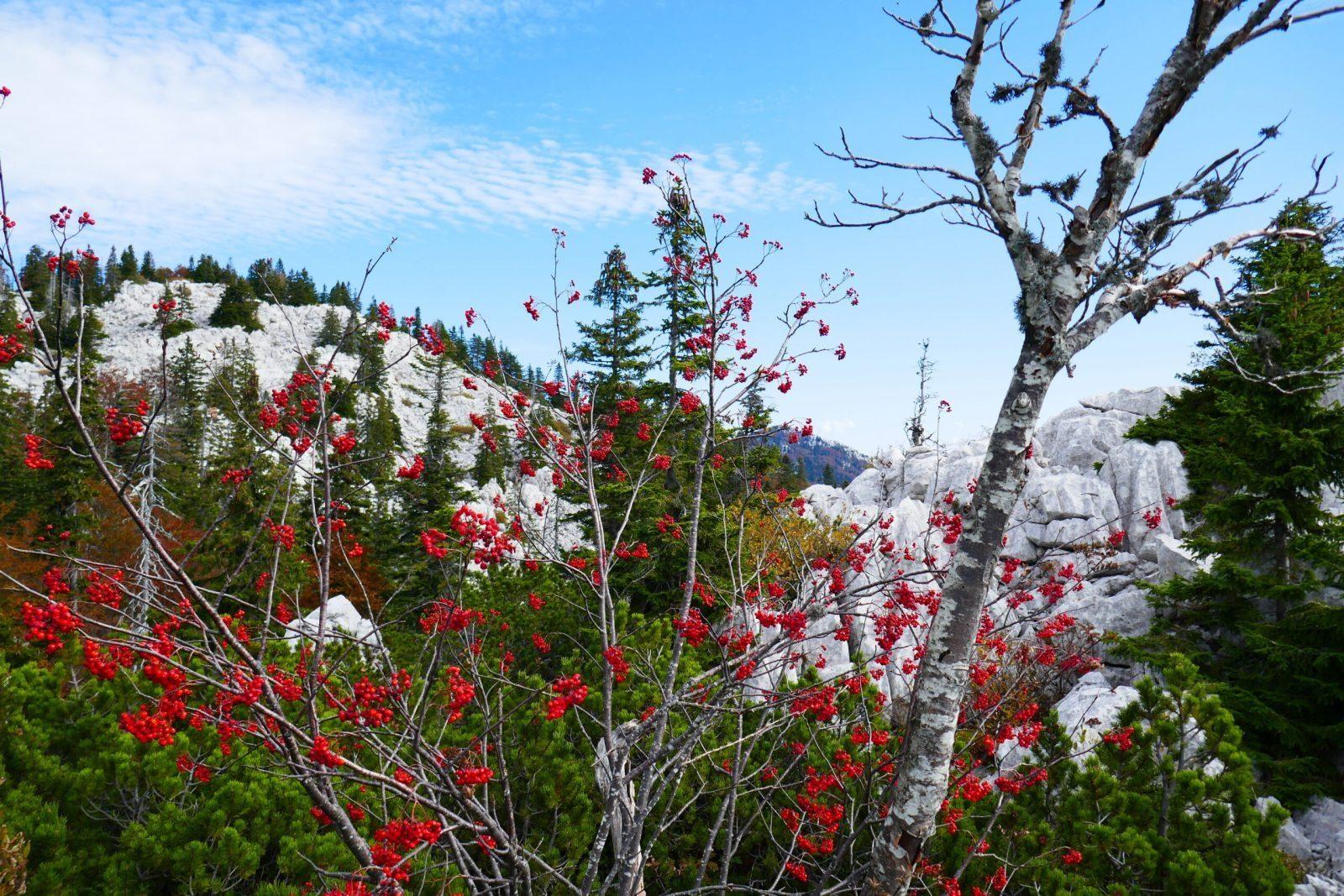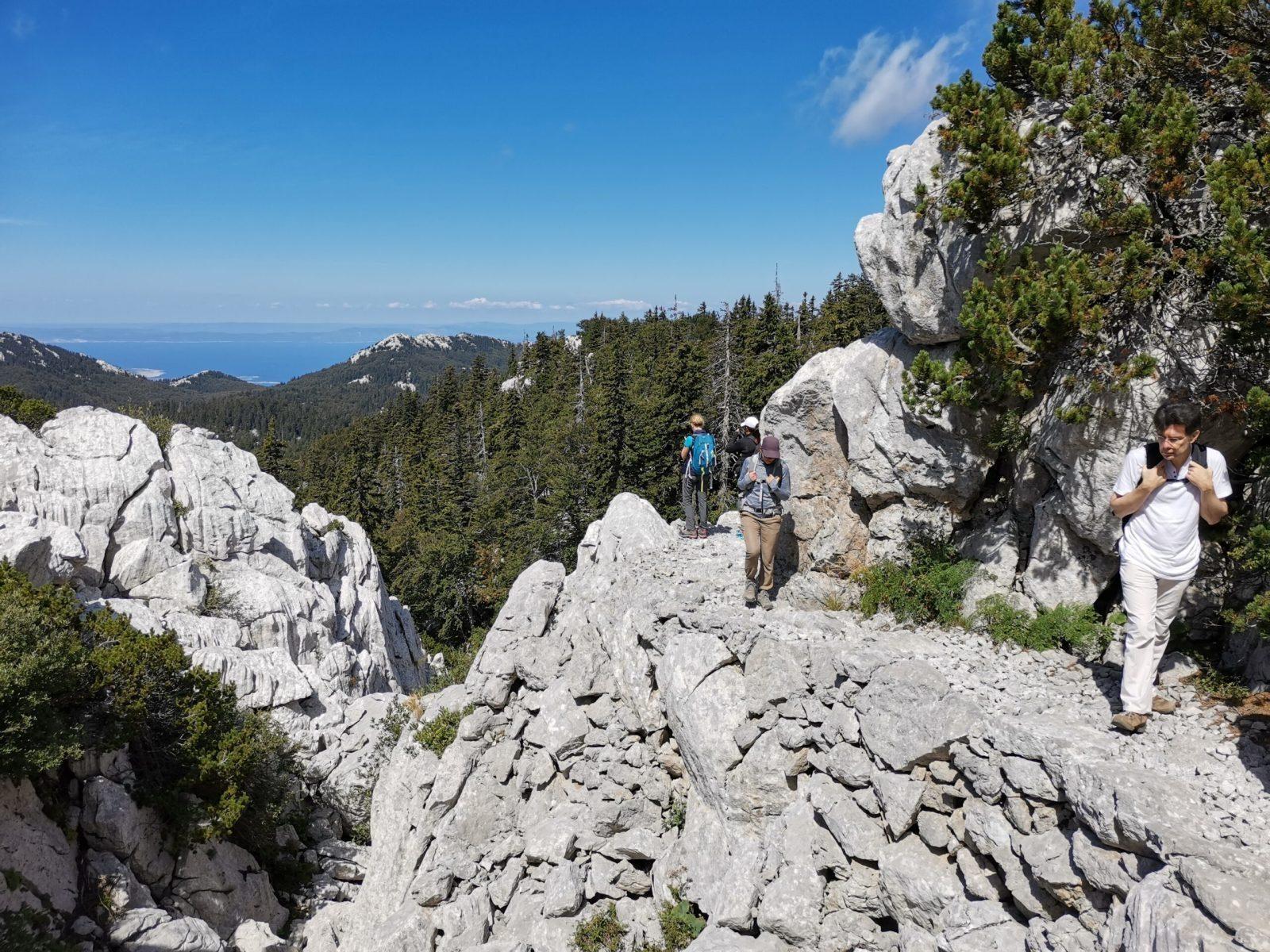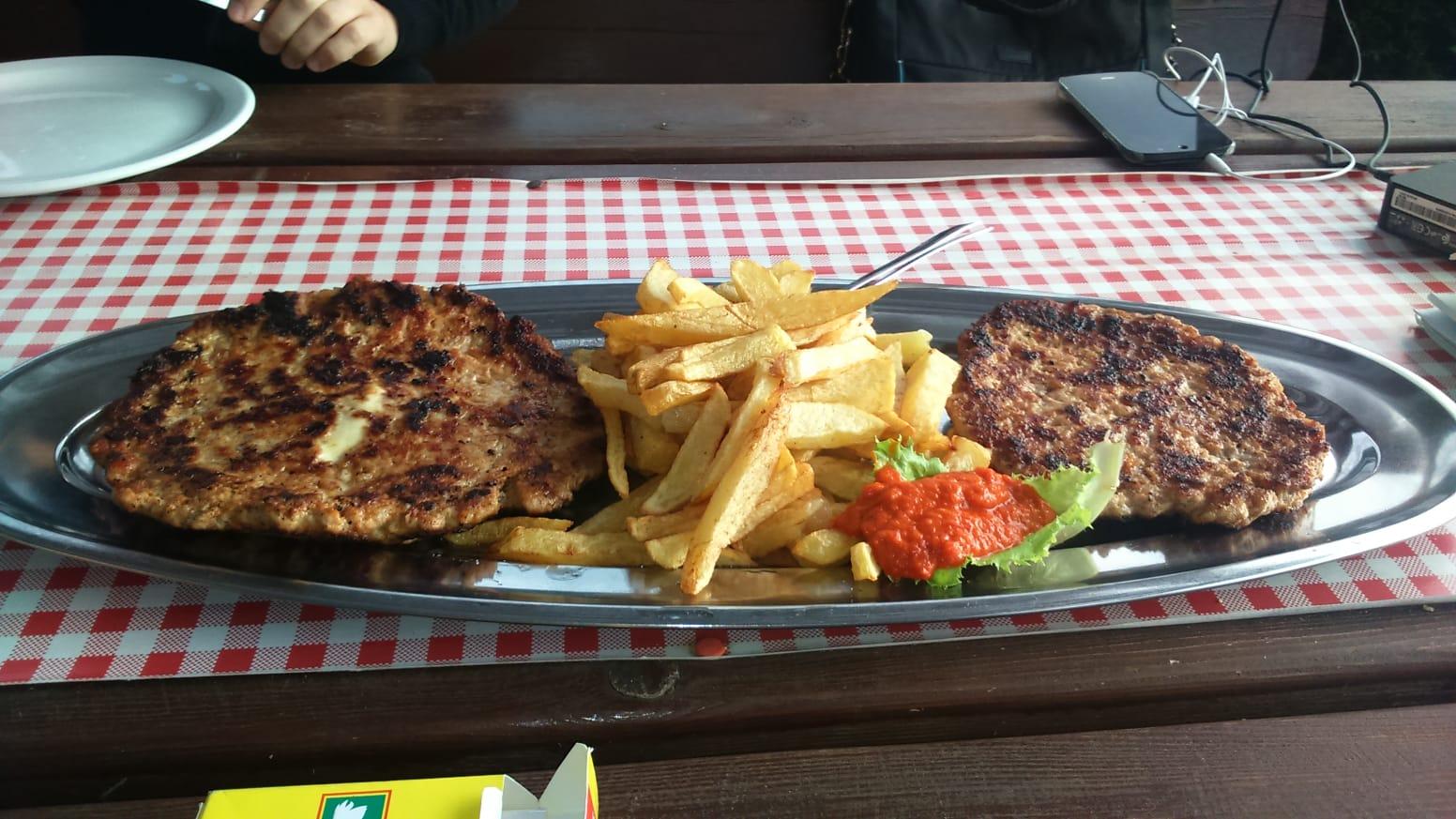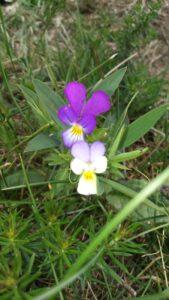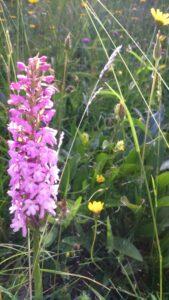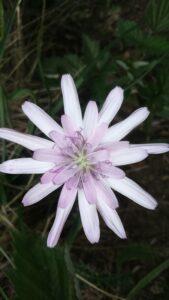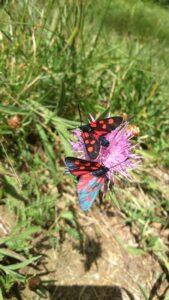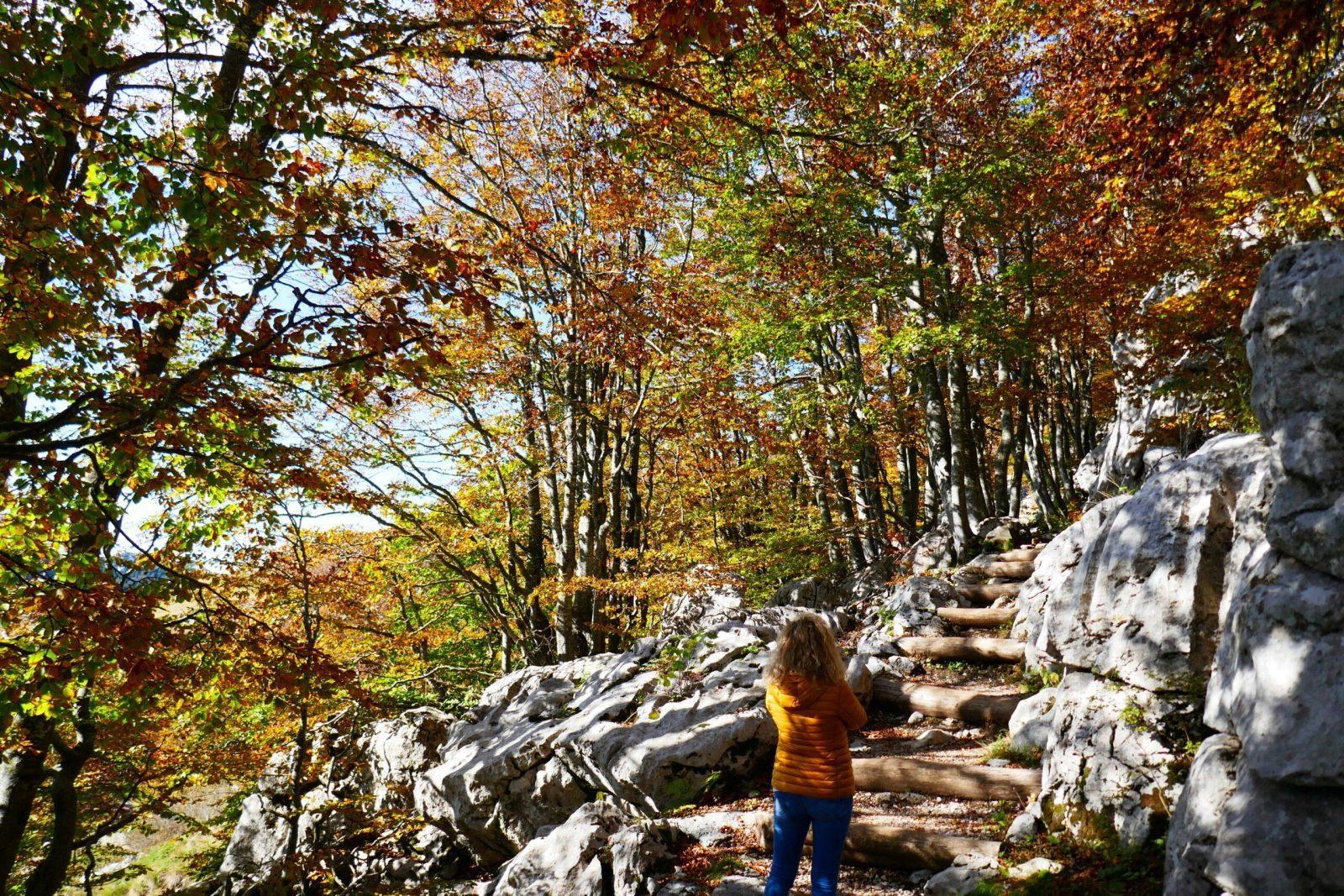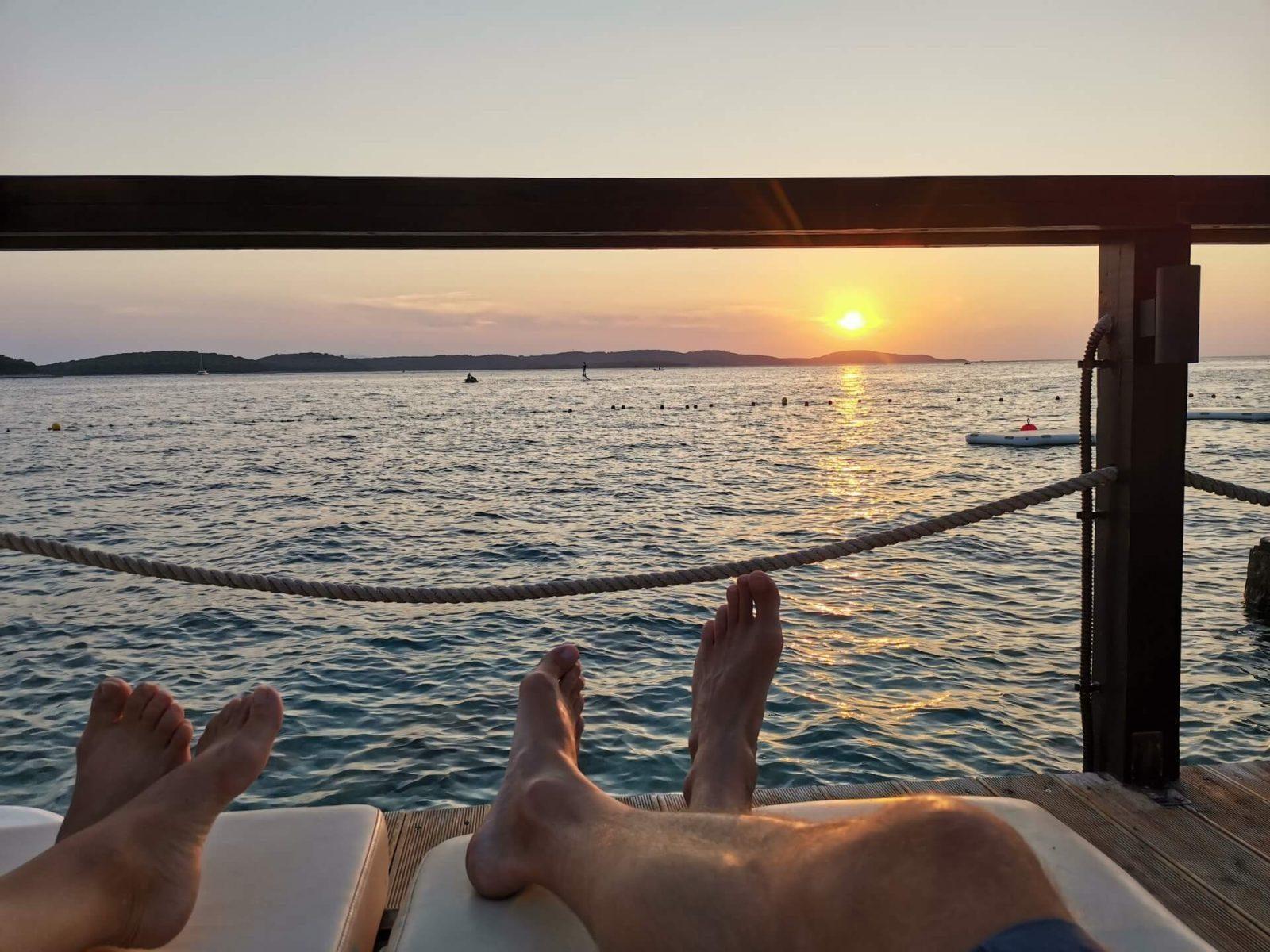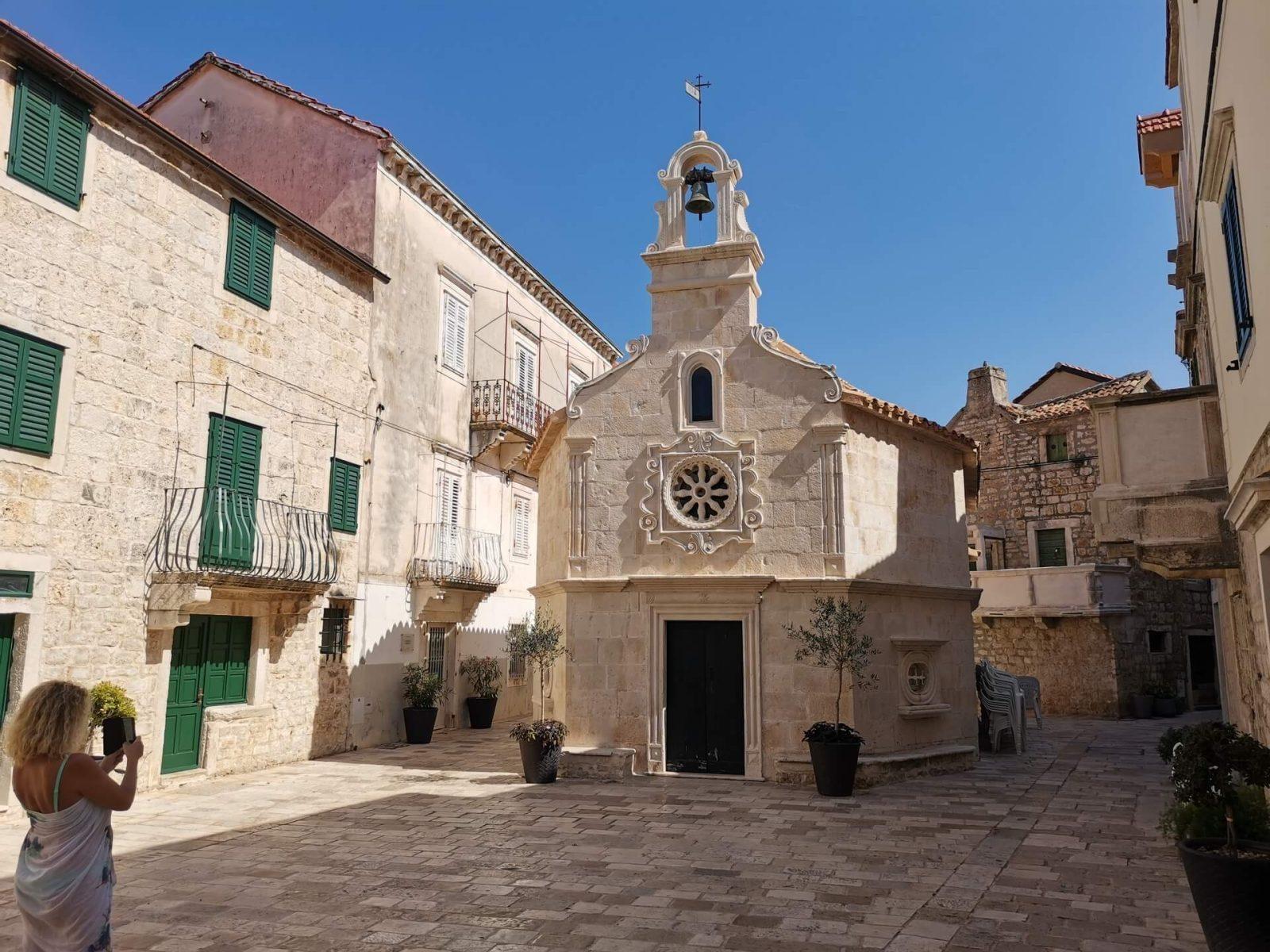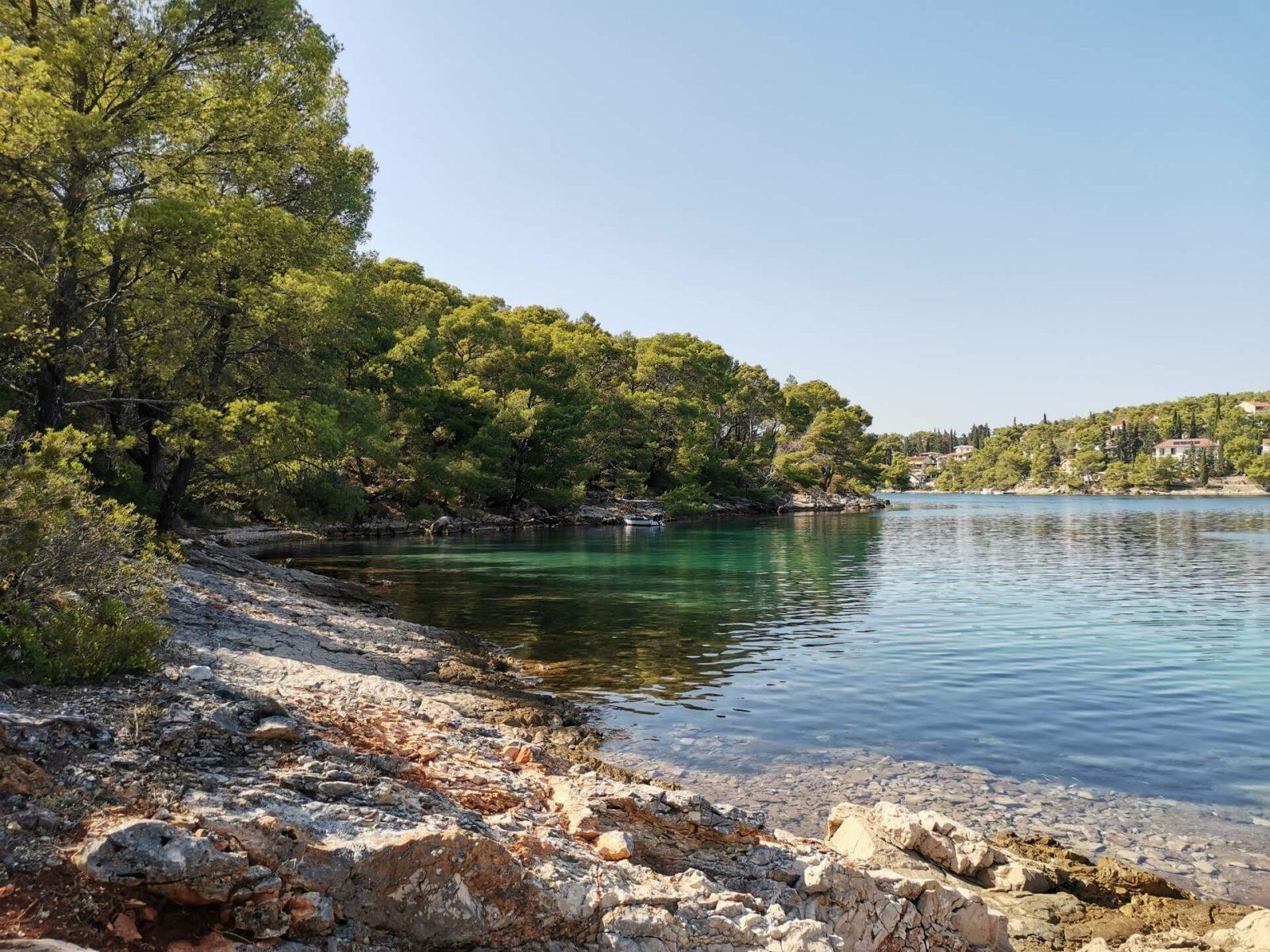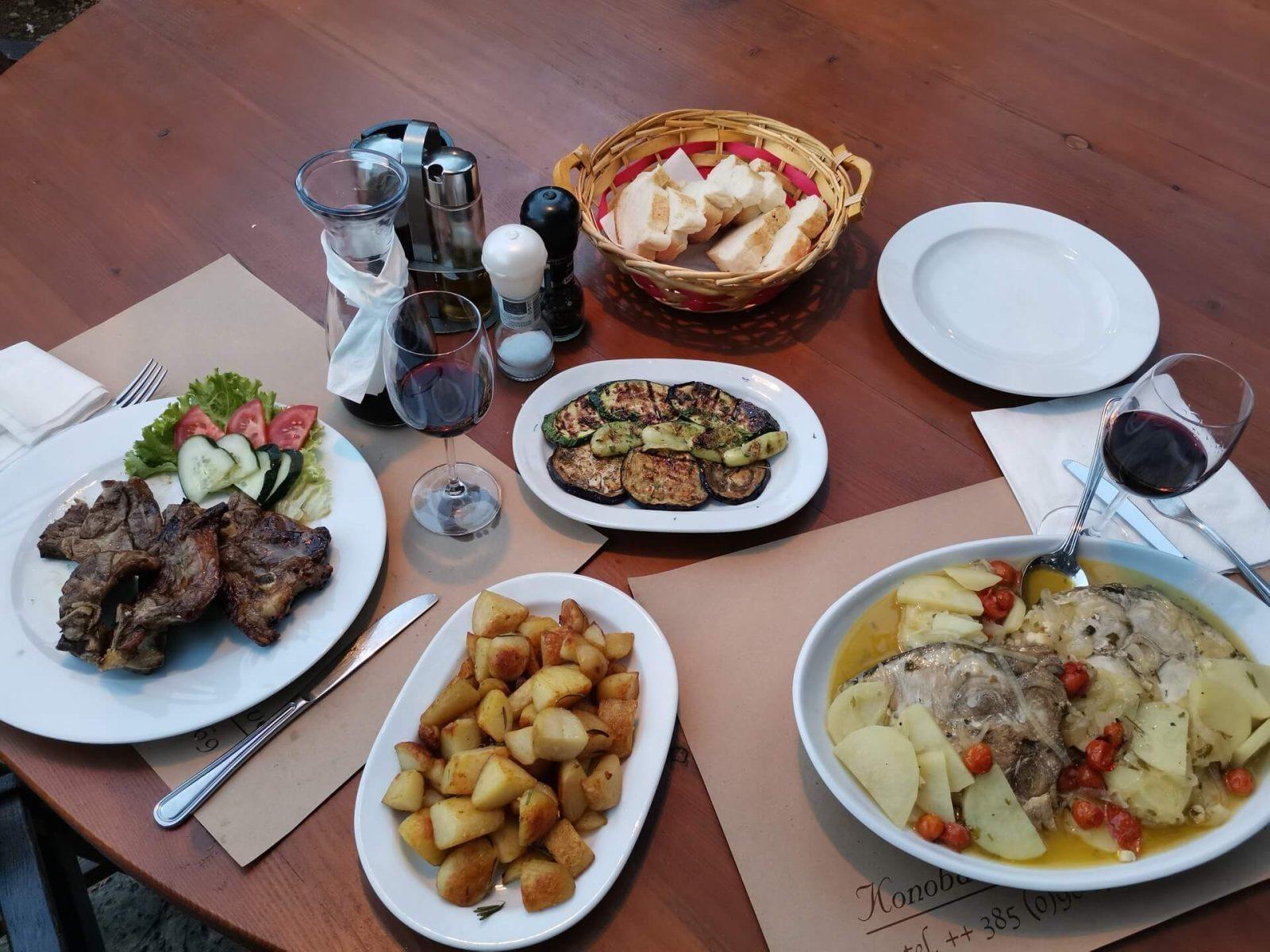La mosaïque de petits terroirs et d’identités marquées (et jalousement préservées) que compose la Croatie se ressent naturellement aussi dans sa cuisine riche, abondante et très variée avec de fortes originalités qui surprendrons assurément même les palets les plus fins. La Croatie est un pays qui se déguste !
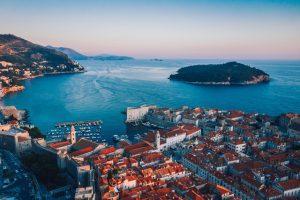
LA REGION CONTINENTALE DE ZAGREB : LE LUNGIC, ESCALOPE DE PORC ROULEE, FARCIE AU JAMBON FUME ET FROMAGE AVEC ŠTRUKLA (FEUILLETE AU FROMAGE BLANC)
Pour commencer dans la joie et la bonne humeur, nous vous recommandons un verre de mousseux rouge de la sorte autochtone Portugizec, un goût léger et fruité qui fait la fierté du pays. Le Portugizec pousse sur un terroir particulier constitué d’amphithéâtres aux pentes accentuées et argileuses offrant un micro climat qui fait sa particularité.
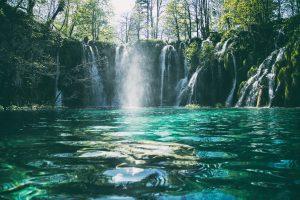
La région de Zagreb ouvre sur les plaines pannoniennes connues pour leurs grands domaines agricoles et viticoles. Nous vous recommandons de commencer par le Kulen, salami au poivron rouge et piment typique de Slavonie, la région continentale à l’Est du pays avec un bon verre de vin blanc Traminac, typique de la région.
Ensuite, revenons vers Zagreb pour déguster un Lungic, une escalope de porc roulée et farcie avec du jambon et du fromage avec un bonne sauce aux ceps. Pour l’accompagner, ne manquez pas les Štrukli, très original, il s’agit de poches de pâte feuilleté au fromage blanc cuites au four nageant en sauce blanche. Pourquoi pas avec une bière artisanale issue d’une microbrasserie…
En dessert, dégustons une spécialité de la ville Samobor, à l’Ouest de Zagreb : la Kremšnita. Il s’agit d’une sorte de mille-feuille local dont la mousse doit être pratiquement liquide et fondante dans la bouche…
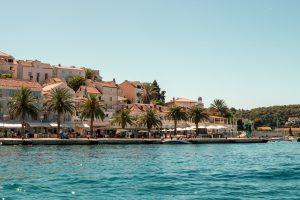
LA PENINSULE DE L’ISTRIE : LE BŒUF BOŠKARIN GRILLE AU FEU DE BOIS AVEC DES FUŽIS A LA TRUFFE
L’Istrie est connue pour ses vins, notamment le vin rouge Teran poussant sur la côte méditerranéenne, son espèce de bœuf autochtone : le Boškarin, ses pâtes enroulées nommées Fuži (on sent la proximité de l’Italie) mais surtout pour les truffes. Les forêts de chêne au centre de lapéninsule, autour de ses anciens villages fortifiés comme Buzet ou Motovun, abondent en truffes noires et blanches. D’ailleurs la plus grosse truffe au monde fut trouvée à Motovun avec 1,3 kg.
Nous vous recommandons de découvrir l’Istrie comme elle l’est : avec deux visages, un qui regarde vers la mer, l’autre vers la montagne Učka.
En entrée, régalez-vous d’asperges sauvages au fromage blanc des montagnes ou en omelette, nommée Kajgan. Ensuite, nous vous recommandons un bon filet de Boškarin grillé au feu de bois avec des Fuži, le tout flottant dans une sauce aux truffes. Parfumé d’un bon Teran du littoral, c’est un délice inoubliable !
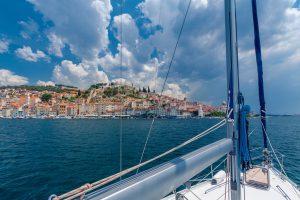
LES MONTAGNES DINARIQUES : LE VEAU ET L’AGNEAU CUITS A L’ETOUFFEE SOUS LA CLOCHE
Les paysages de la côte croate sont constitués de montagnes se jetant directement dans la mer. Cette configuration génère de forts vents, idéale pour le séchage du jambon, qui est aussi salé deux fois au cours de ses 9 mois de séchage et légèrement fumé. Nous vous suggérons donc après l’apéritif traditionnel d’eau de vie de marc de raisin aux herbes aromatiques et figues sèches, un plat de jambon fumé nommé Pršut avec du fromage de l’île de Pag.
L’île de Pag présente un phénomène particulier : les vents générés par les montagnes dinariques soulèvent des embruns dont le sel va brûler la végétation des îles. Dans ces contextes pratiquement rocailleux, seules quelques plantes aromatiques pionnières survivent. Les bergers y laissent paître leurs troupeaux ainsi le lait et la viande sont naturellement imprégnées par les herbes et le sel. Le fromage de l’île de Pag est mondialement reconnu. A ne pas manquer !
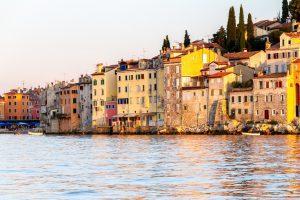
Attention, vous allez maintenant découvrir une grande originalité avec la cuisine sous la cloche : les viandes de veau et d’agneau avec des pommes de terre sont posées sur une assiette en métal, le tout sur un lit de braise et recouvert d’une cloche en métal avec un anneau permettant de maintenir les braises sur celle-ci. Le tout cuit durant 3 heures à l’étouffée. Les aliments deviennent croustillants en surface mais fondant à l’intérieur. Le mêt arrosé du bon petit vin local glisse sur le palais pour un plaisir total… c’est un vrai régal!
LE LITTORAL MEDITERRANEEN : HUITRES MEDITERANNENNES, MOULES CUITES A LA BUZZARA ET RISOTTO A L’ENCRE DE SEICHE
Allons maintenant tout dans le sud du pays, dans la région de la merveilleuse Dubrovnik. Ce terroir est un des rares en Méditerranée à avoir conservé l’huître d’origine. Sans omettre de louer ses vertus aphrodisiaques, elle se couple agréablement à un verre de blanc du territoire viticole de la presqu’île de Pelješac.
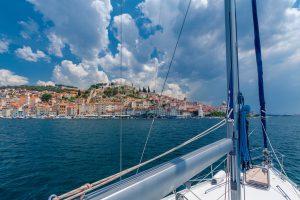
Sur la côte, les poissons grillés baignés d’huile d’olive à l’aïl et au persil et les fruits de mer dominent la cuisine. Je vous suggère de faire passer les huîtres avec des moules cuites à la façon buzzara (un fond d’huile d’olive, de l’aïl et des herbes, en s’ouvrant les moules donnent l’eau de la sauce).
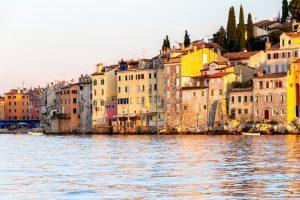
Ensuite un risotto à l’encre de seiche ou un plat de langoustes constituerait une bonne confirmation pour ce festin de roi annonçant une bonne sieste.
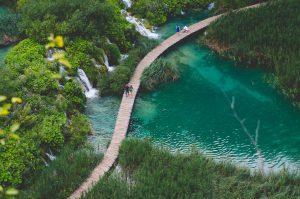
Et pour la touche finale sucrée : la rozata, une crème caramel à l’eau de rose.
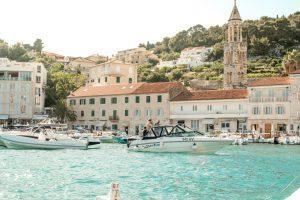
Pour bien digérer ce met, venez avec moi dans les vignes du Dingač, vin rouge comptant parmi les plus renommés du pays. Son cépage se trouve sur les versants abrupts de la presqu’île de Pelješac, directement en bord de mer. Il profite ainsi d’un triple ensoleillement avec la lumière directe, la réverbération sur les graviers dont le sol est couvert pour conserver l’humidité en été et la réverbération sur la mer. A l’ombre d’une gloriette, bercé par les vagues et les violons des cigales, la sieste s’annonce bien.
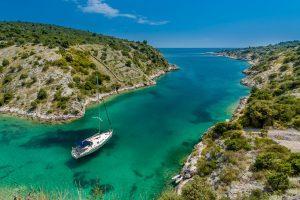
ET POURQUOI PAS GOUTER LA RICHESSE CULTURELLE DES BALKANS AVEC UN FESTIN EN BOSNIE ET HERZEGOVINE : FEUILLES DE VIGNES, OIGNONS ET POIVRONS FARCIS AVEC DES ĆEVAPČIĆI
Jouez la carte de la multiculturalité en faisant un saut chez nos voisins proches en Bosnie et Herzégovine avec un monde complètement différent et une cuisine aux influences orientales.
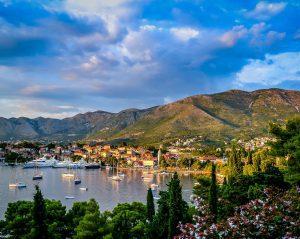
En entrée, nous vous suggérons une pita aux légumes.
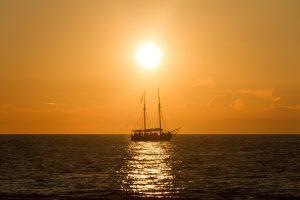
Ensuite, un plat varié avec des feuilles de vignes, oignons et poivrons farcis et les rouleaux de viande hachée aux herbes au grill : les fameux ćevapčići ! Un monument de culture gastronomique à ne pas manquer.
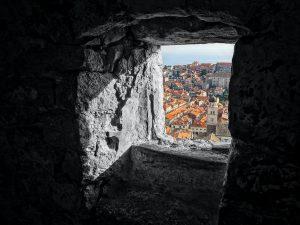
Et pour finir, ne manquez pas le célèbre gâteau aux noix et miel : Baklava avec bien sûr, un café à la turque avec un Lokum (pâte de fruits sucrée). Sans oublier une bonne pipe de tabac local pour participer en douceur au délicat processus de digestion… qu’il ne faut surtout pas perturber.
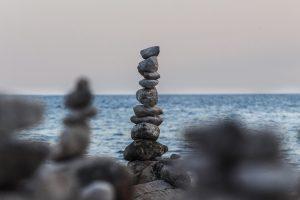
Mais ces terres recèlent encore de nombreuses raisons de venir les découvrir…
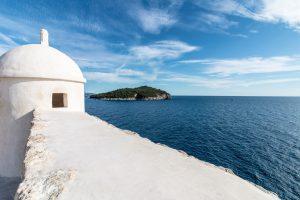

 Saint Blaise or Sveti Vlaho has been the patron saint of Dubrovnik since the 10th century. In the year 972, he appeared in a dream to a local priest to warn of an attack of Venice, Dubrovnik’s great rival for control over the Adriatic Sea. The city was thus saved. Since Saint Blaise protects the city and is celebrated every February 3 until today.
Saint Blaise or Sveti Vlaho has been the patron saint of Dubrovnik since the 10th century. In the year 972, he appeared in a dream to a local priest to warn of an attack of Venice, Dubrovnik’s great rival for control over the Adriatic Sea. The city was thus saved. Since Saint Blaise protects the city and is celebrated every February 3 until today.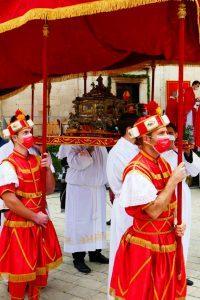 He was martyred by being flayed alive with a wool comb. This instrument has become one of its symbols. Thus, Saint Blaise also protects the shepherds and the flocks. In many towns in France, cattle were blessed on Saint Blaise’s Day. Here we find a strong parallel with the ancient Slavic mythology where Volos, god of shepherds and prosperity, was venerated. Moreover, the word Volos has evolved to give Vlaho, the Croatian word for Blaise. Due to the mountainous configuration, the inhabitants of the interior of the Balkans were traditionally shepherds.
He was martyred by being flayed alive with a wool comb. This instrument has become one of its symbols. Thus, Saint Blaise also protects the shepherds and the flocks. In many towns in France, cattle were blessed on Saint Blaise’s Day. Here we find a strong parallel with the ancient Slavic mythology where Volos, god of shepherds and prosperity, was venerated. Moreover, the word Volos has evolved to give Vlaho, the Croatian word for Blaise. Due to the mountainous configuration, the inhabitants of the interior of the Balkans were traditionally shepherds.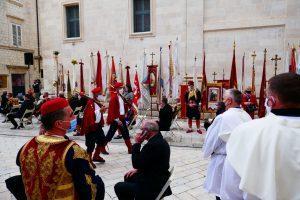
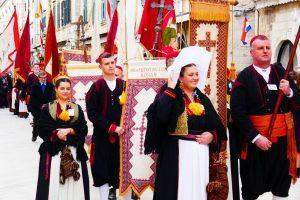
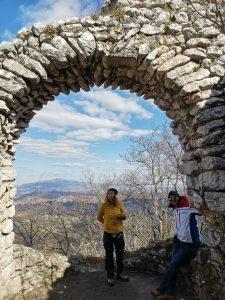
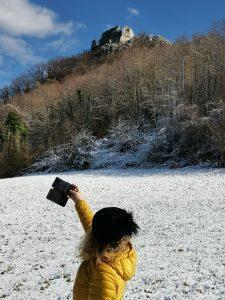
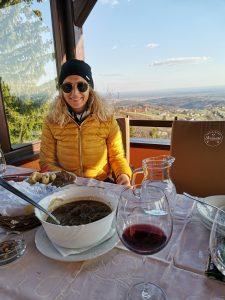
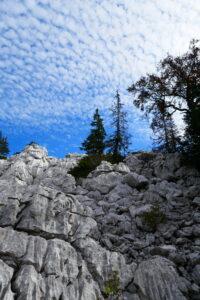 I was on the road at the end of July 2017. I left Zagreb for Dubrovnik. It took me 2:30 to get to the highway’s junction Bosiljevo, which takes usually 1:00, because of the touristic traffic jam – this was in the era BC (Before Corona) when the traffic jams existed. Outside, the sun hit with more than 30 degrees Celsius. Even with the air condition in the car, I was already well cooked.
I was on the road at the end of July 2017. I left Zagreb for Dubrovnik. It took me 2:30 to get to the highway’s junction Bosiljevo, which takes usually 1:00, because of the touristic traffic jam – this was in the era BC (Before Corona) when the traffic jams existed. Outside, the sun hit with more than 30 degrees Celsius. Even with the air condition in the car, I was already well cooked.